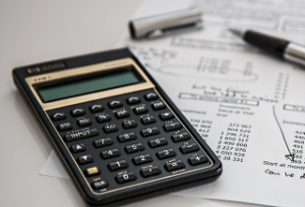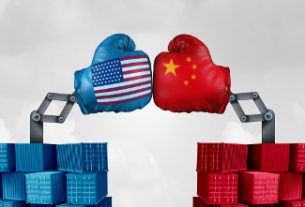For decades stock markets have been viewed as proxies for the strength of the economy. The higher stock market indexes go, the stronger the economy is deemed to be. The most famous index, of course, is the Dow Jones Industrial Average, which in recent days has pushed back to record new highs. But while many people, President Trump included, view a strong stock market as an indicator of a strong economy, that isn’t really the case.
In fact, that hasn’t really ever been the case. That should have been clear in the aftermath of the 1929 stock market crash, in which weak economic fundamentals were finally exposed, ushering in the Great Depression. Because stock markets can fall victim to speculative fervor and are heavily influenced by central bank money creation, if not outright purchases of equities by central banks, they are really more of an indicator for economic bubbles rather than economic growth. And that’s what we’re witnessing again right now.
The weakness in stock markets earlier this year and their inability to find a direction should have warned investors that trouble was lurking around the corner. The fact that the Dow and other indexes have recovered and are setting new highs doesn’t indicate that the economy is strong. It’s just the result of trillions of dollars of new money that the Fed created finally making its way into stock markets. We saw the same thing during the last financial crisis, when stocks peaked in October 2007 even after it became clear that Bear Stearns was in a boatload of trouble.
From there it was a steady downward path until things really got bad a year later. The trough didn’t occur until early 2009, at which point stock markets had lost nearly 60% of their value. Right now stock markets appear to be following much the same pattern as during the last crisis, which means we can expect another major crisis within a year. That will mean the end of the “everything” bubble that the Fed has created.
In order to protect themselves, investors need to look towards assets that will hold their value in the face of financial calamity. Gold is one of those assets, and is perhaps the best and most popular choice. Investors have trusted gold for centuries to safeguard the value of their assets. And right now gold is working through the same price pattern as it did during the financial crisis, declining slightly in value this year just as it did for the first part of 2008.
But just as investors who invested in gold in 2008 saw their investments more than double in the years that followed, investors who invest in gold today will also see their investments make huge gains when stock markets crash. That crash is a matter of when, not if. Just as in 1929, 2000, and 2008, record highs often presage a downturn. Don’t let yourself get caught like many other investors will.
This article was originally posted on Goldco.




